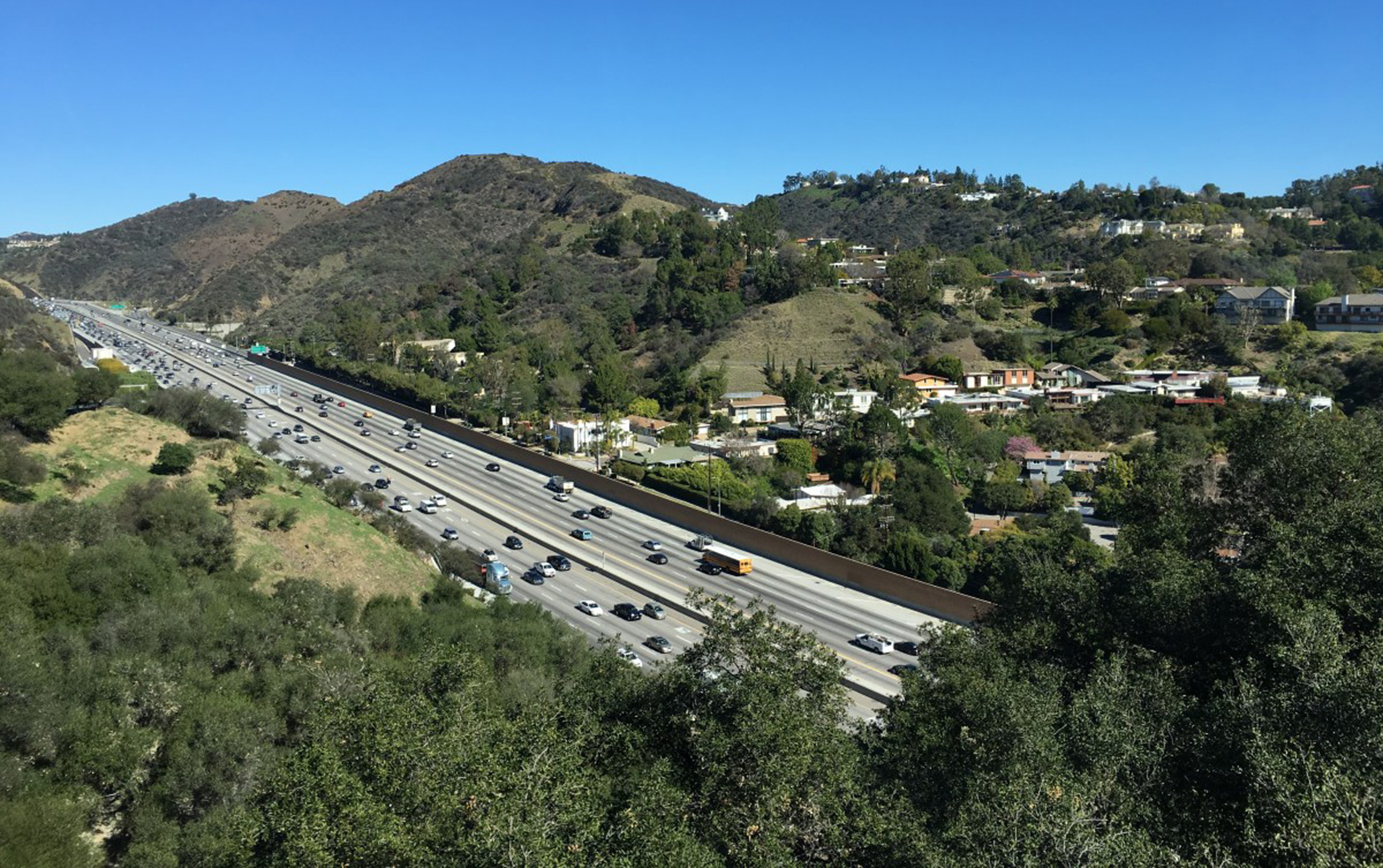April 22, 2021
Driven by California Senate Bill 743 (SB 743) and statewide safety goals, Caltrans has added more safety considerations into their review process for new development projects. Read on to learn what Caltrans looks for in this additional review and what it means for the development of future transportation impact assessments (TIAs), both inside and outside California.
SB 743: A New Way to Measure Transportation Impacts in California
 SB 743 is changing the way transportation impacts are measured for potential projects, moving the focus away from vehicle congestion and toward public health and safety and the reduction of greenhouse gas emissions. Under SB 743, the Governor’s Office of Planning and Research (OPR) identified vehicle miles traveled (VMT) as the most appropriate metric to evaluate a project’s transportation impacts and on July 1, 2020, regulatory changes to CEQA Guidelines were implemented, meaning California agencies analyzing the transportation impacts of new projects must now look at VMT instead of Level of Service (LOS). The guidance is part of the shift away from using LOS to assess transportation impacts.
SB 743 is changing the way transportation impacts are measured for potential projects, moving the focus away from vehicle congestion and toward public health and safety and the reduction of greenhouse gas emissions. Under SB 743, the Governor’s Office of Planning and Research (OPR) identified vehicle miles traveled (VMT) as the most appropriate metric to evaluate a project’s transportation impacts and on July 1, 2020, regulatory changes to CEQA Guidelines were implemented, meaning California agencies analyzing the transportation impacts of new projects must now look at VMT instead of Level of Service (LOS). The guidance is part of the shift away from using LOS to assess transportation impacts.
As another step in prioritizing health and safety of roadway users, in December 2020, Caltrans issued Traffic Safety Bulletin 20-02-R1: “Interim Local Development Intergovernmental Review Safety Review Practitioners Guidance.” That’s a lot of words to say: safety impacts are now being more closely considered in transportation impact analyses (TIAs). Caltrans intends to review all TIAs for safety through dedicated safety staff and a formal traffic safety review.
Given that a TIA is meant to identify potential adverse effects of potential transportation projects, a heightened focus on safety is a natural continuation of Caltrans’ commitment to Vision Zero and systemic safety planning. Caltrans intends to use the TIA process as an opportunity to consider incorporating roadway design changes that proactively prevent crashes and incorporate buffers into the system to improve safety. The interim guidance will eventually be replaced by the Caltrans Safety Analysis Guide, which is expected to be released in 2022.
What Are the Components of Caltrans’ Additional Safety Review?
The interim guidance states that “Caltrans will review the proposed project for significant traffic safety impacts to the SHS [State Highway System].” As part of this review, Caltrans will be looking to answer questions related to understanding how crash risk may change with a project and how best to mitigate those risks. Questions and considerations could include:
- Will the project increase the demand for and/or presence of people walking and biking?
- How does the project impact people’s walking and biking experience?
- Will the project create multimodal conflict points?
- Will the project lead to increased vehicular speeds?
- Will the project result in increased or new queues that would affect thru traffic and result in speed differentials?
- Based on crash estimation methods from the Highway Safety Manual (HSM), is the project likely to contribute to more crashes?

What Does This Mean for Future TIAs (in California and Beyond)?
While safety has historically been discussed in CEQA analyses, the new guidance will add emphasis and attention to anticipated roadway safety performance related to land use project development under the environmental review process. Additional safety analyses will be tied to crash experience, crash potential, crash rate, or other data-supported means. Caltrans has set a goal to reach zero traffic-related fatalities and serious injuries in California by 2050. Considering roadway safety performance at the TIA stage is a proactive step in the pursuit of Vision Zero by ideally leading to proactively mitigating conditions that could increase crash risk for road users. In support of this goal and in light of Caltrans’ new guidance, here are just a few of the practices that could be incorporated into the development of future TIAs:
- Consider how a specific development project fits with the roadway safety plan of the City in which the project would be developed. Many cities have roadway safety plans, such as Systemic Safety Analysis Reports (SSARs), Local Road Safety Plans (LRSPs), Transportation Safety Action Plans (TSAPs), and Vision Zero plans. These safety plans consistently identify crash patterns and trends, high priority locations for improvements, and effective countermeasures or strategies for improving road safety. Consider how the development project at hand might affect the measures those plans have identified and/or impact the high priority locations or crash patterns and trends already identified.
- Consider how the project will meet Caltrans’ larger goals indicated by SB 743. For example, safety should not be cited as a reason to increase roadway capacity, as the state is looking to reduce VMT and expand the use of other transportation modes.
- Establish metric and thresholds of significance to address safety aspects related to potential impacts with the project, and the types of mitigations that could be used to reduce crash risk thereby reducing or mitigating the impacts of the project.
- Consider the safety impacts on disadvantaged communities, where crashes occur at disproportionately high rates. Caltrans’ new guidance prioritizes safety improvements in these communities.
Caltrans intends to review and make recommendations to identify safety improvements and work with local agencies to implement mitigation measures for projects impacting the state highway system.
Conclusion
We at Kittelson are passionate about transportation safety. Our experience ranges from writing the first edition of the Highway Safety Manual to working with agencies across the country to develop Systemic Safety Analysis Reports/Plans, Local Road Safety Plans, Transportation Safety Action Plans, and Vision Zero Plans. Our team of transportation planners and engineers, which includes five Road Safety Professionals (RSPs) in California, is excited to expand on our safety work throughout California by supporting agencies in meeting these new requirements. There’s much more to talk about related to SB 743 and safety in traffic impact analyses, so don’t hesitate to reach out to continue the conversation!
